Public cloud
infrastructure refers to the computing resources provided by a third-party
cloud service provider (CSP) over the internet. These resources include
servers, storage, databases, networking, software, analytics, and
intelligence. Here are the key
components and features:
Key Components of Public Cloud Infrastructure
- Compute:
○
Virtual Machines (VMs): Scalable computing power with customizable configurations.
○
Containers: Lightweight, portable, and consistent computing
environments.
○
Serverless Computing: Executes code in response to events without
managing servers.
- Storage:
○
Object Storage: Scalable and durable storage for unstructured data.
○
Block Storage: Persistent storage for VMs.
○
File Storage: Managed file systems for shared storage needs.
- Networking:
○
Virtual Networks: Isolated networks for VMs and other resources.
○
Load Balancers: Distribute incoming traffic across multiple resources.
○
Content Delivery Networks (CDNs): Deliver content to users with low
latency.
- Databases:
○
Relational Databases: Managed SQL databases for structured data.
○
NoSQL Databases: Managed non-relational databases for unstructured
data.
○
Data Warehouses: Scalable and managed services for analytics.
- Analytics and Big
Data:
○
Data Lakes: Centralized repositories for structured and unstructured
data.
○
Big Data Processing: Managed services for processing large datasets.
- Development Tools:
○
DevOps Tools: Continuous integration and continuous deployment (CI/CD)
pipelines.
○
Application Development: Platforms for building, deploying, and
managing applications.
- Security and
Identity:
○
Identity and Access Management (IAM): Control access to resources.
○
Encryption: Protect data at rest and in transit.
○
Threat Detection: Tools for detecting and responding to security
threats.
- Monitoring and
Management:
○
Monitoring Tools: Track the performance and health of resources.
○
Management Consoles: Web
interfaces for managing and configuring resources.
E-Panzer can help secure your public
cloud infrastructure in several ways:
- Risk Assessment and Compliance:
○
Conduct a thorough risk assessment to identify vulnerabilities.
○
Ensure compliance with industry standards and regulations like GDPR, HIPAA,
or PCI DSS.
- Identity and
Access Management (IAM):
○
Implement strong IAM policies to control who has access to cloud
resources.
○
Use multi-factor authentication (MFA) and single sign-on (SSO) for
enhanced security.
- Network Security:
○
Set up virtual private networks (VPNs) and virtual private clouds
(VPCs) to isolate sensitive data.
○
Implement firewall rules, intrusion detection, and prevention systems
(IDPS).
- Data Protection:
○
Encrypt data at rest and in transit using strong encryption methods.
○
Use data loss prevention (DLP) tools to monitor and protect sensitive
information.
- Monitoring and
Logging:
○
Set up continuous monitoring and logging to detect and respond to
suspicious activities.
○
Use Security Information and Event Management (SIEM) tools for
real-time analysis and alerts.
- Application
Security:
○
Conduct regular security assessments and penetration testing on
cloud-based applications.
○
Use web application firewalls (WAF) to protect against common threats
like SQL injection and cross-site scripting (XSS).
- Incident Response:
○
Develop and implement an incident response plan tailored to cloud
environments.
○
Provide support for threat hunting, incident investigation, and
remediation.
- Automation and
DevSecOps:
○
Integrate security into the DevOps process (DevSecOps) to automate
security tasks.
○
Use tools like infrastructure as code (IaC) to enforce security
policies.
- Training and
Awareness:
○
Provide training for your team on cloud security best practices.
○
Conduct regular security awareness programs to keep everyone informed
about potential threats.
- Vendor and
Third-Party Risk Management:
○
Assess and monitor the security practices of third-party vendors and
partners.
○
Implement policies to manage and mitigate risks associated with
third-party services.
E-Panzer has your back!
Allow E-Panzer
to protect you and your organization against third party threats. We will
implement strong identity and access management, encrypt data, follow security
best practices, conduct regular audits, and use cloud security posture
management (CSPM) tools to continuously monitor and assess their cloud
environments. Contact us now! By leveraging these strategies, we can help you
build a robust security posture for your public cloud infrastructure.
















